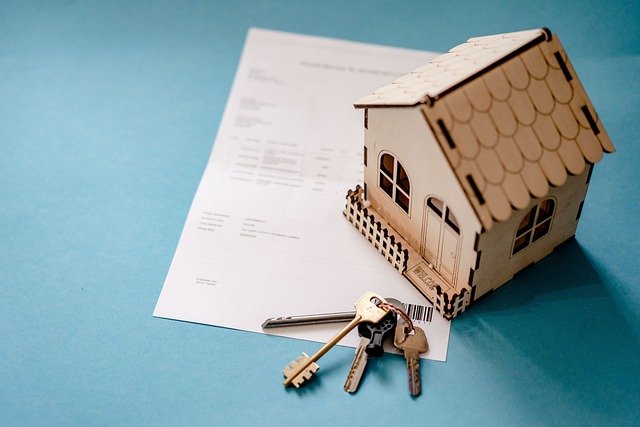Understanding the Shift Towards Secondary Cities in Real Estate Investment
Introduction: As globalization continues to shape the economic landscape, a remarkable phenomenon is unfolding within the realm of real estate. Investors are increasingly turning their attention towards secondary cities, smaller urban areas that offer promising growth potential. This article delves into the driving factors behind this trend and its potential implications.

The Emergence of Secondary Cities in Real Estate
Secondary cities are typically smaller urban areas that, despite their size, play a crucial role in the global economy. They offer a unique blend of economic activity, cultural diversity, and quality of life, making them attractive to both businesses and individuals. This shift towards secondary cities began in the late 20th century, as technological advancements and the rise of the digital economy allowed for more flexible work arrangements, reducing the necessity for businesses and individuals to be located in larger urban areas.
Factors Driving Investor Interest
Several factors are contributing to the growing interest in secondary cities. Firstly, these cities often offer more affordable property prices compared to larger metropolises, allowing investors to enter the market at a lower cost. Secondly, secondary cities are experiencing population growth as people seek out cheaper living costs and a higher quality of life. This population influx, coupled with business expansion, leads to increased demand for housing and commercial real estate, driving up property values.
Potential Returns and Risks
Investing in secondary cities can yield significant returns due to lower acquisition costs and potential for substantial growth. However, these markets also present certain risks. Economic stability may be less certain compared to larger cities, and market fluctuations can have a more pronounced effect. Therefore, a thorough market analysis, understanding local economic indicators, and careful risk management are crucial for investors.
Impact on Local Economies and Communities
The real estate boom in secondary cities can have profound effects on local economies and communities. The increased investment can stimulate economic growth, job creation, and urban development. However, it can also lead to gentrification, rising living costs, and socio-economic disparities. Balancing investment-driven growth with community welfare is a challenge that needs to be addressed.
Future Projections for Secondary City Investments
As urbanization continues and technology keeps evolving, the appeal of secondary cities is expected to grow. However, the success of real estate investments in these areas will depend on the city’s ability to sustain economic and population growth, provide quality infrastructure, and maintain a balanced and inclusive development approach.
In conclusion, the shift towards secondary cities represents a promising trend in the real estate investment landscape. As with any investment, it comes with its own set of challenges and opportunities. Investors must approach this market with a well-informed strategy, a keen understanding of local dynamics, and a long-term vision for growth and sustainability.




